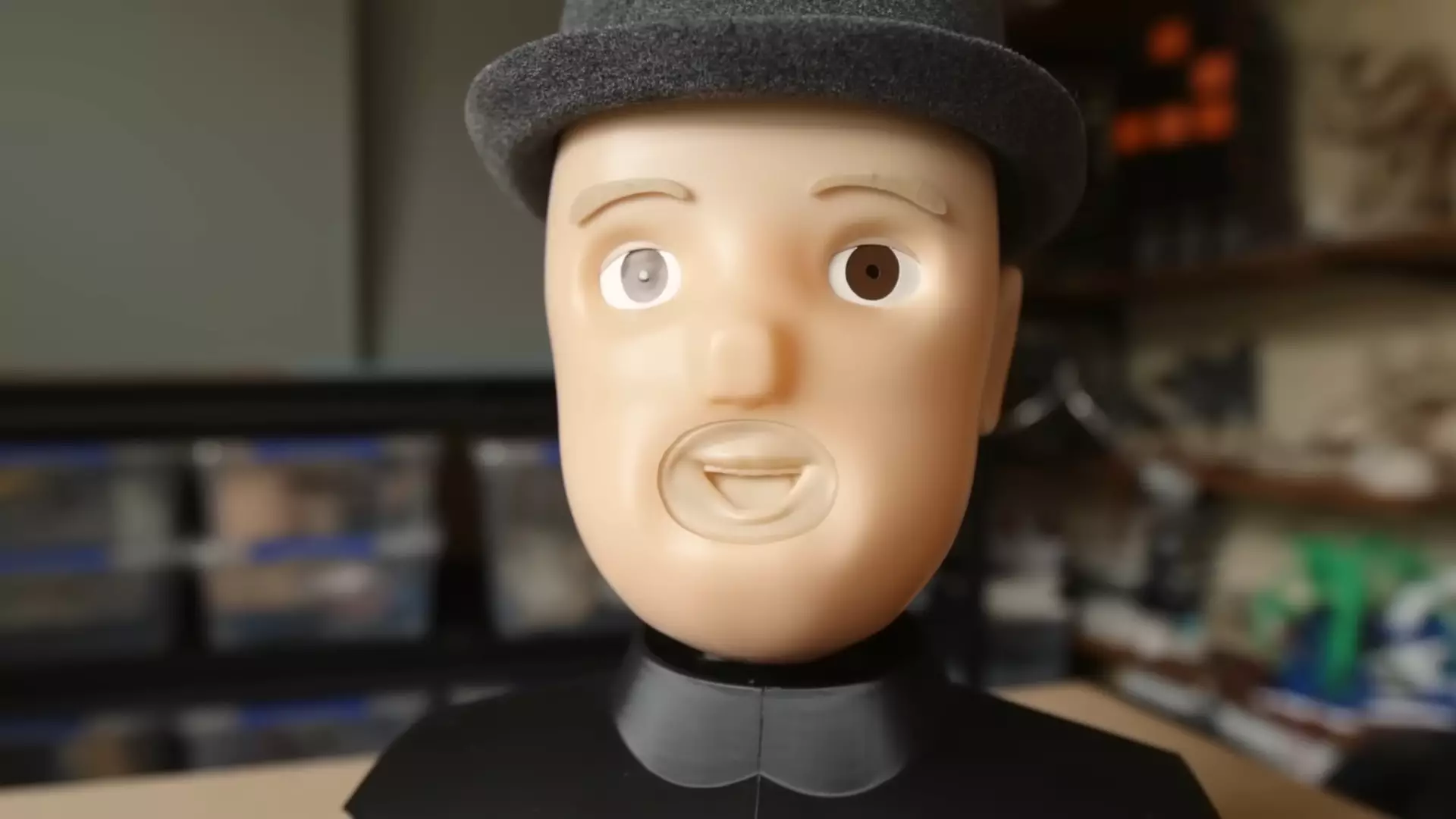In the rapidly advancing realm of robotics and AI-driven entertainment, innovation often walks a fine line between awe and discomfort. The recent creation by YouTuber Ancient exemplifies this delicate balance, offering a project that is technically impressive yet disturbingly unsettling. While the ingenuity behind this robotic mouth is undeniable, it provokes a visceral reaction that underscores society’s complex relationship with artificial mimicry of human traits. This device, a sphere of movable mouths housed within a doll’s head, attempts to simulate speech and expression—yet it succeeds only in evoking an uncanny, almost sinister attraction. The project exemplifies how technological mastery can inadvertently result in products that leer into the abyss of the uncanny valley, unsettling those who observe and interact with it.
Engineering Brilliance Meets Uncanny Horror
At its core, the project demonstrates advanced engineering skills: 3D-printed components, precise stepper motor control, and custom mechanisms for mouth and brow motion. The interior design, which involves spinning a sphere of diverse mouth shapes beneath a static viewing window, is both inventive and ambitious. This assembly allows for dynamic lip movements synchronized, at least partially, with selected tunes. By integrating a Raspberry Pi for control, the creator showcases a commendable level of technical expertise, transforming raw mechanical and software components into an orchestrated performance. Nonetheless, the execution of these elements results in an outcome that feels less like a charming robotic aide and more like an avatar of nightmares. The vacuous stare, combined with unnatural gurning and hesitant movements, amplifies the eerie atmosphere—this is a contraption that seems to peer through its audience, devoid of genuine emotion or awareness.
The Uncanny Valley and Its Psychological Impact
Human beings are wired to read emotional cues and seek genuine expressions—when these cues are absent or distorted, discomfort ensues. The so-called “uncanny valley” phenomenon vividly illustrates this; near-human robots or mannequins evoke heightened unease when they closely resemble us but lack the subtle nuances of real life. Ancient’s creation exemplifies this beautifully—or perhaps more accurately, disturbingly. The rigid, vacant eyes and awkward mouth movements resemble a dissection of a human face, but fall short of authentic expression. It seems painfully aware of its own artificiality, yet unable to transcend the limitations of its mechanical form. This dissonance stirs subconscious fears, creating a visceral reaction that oscillates between fascination and repulsion. In effect, the machine becomes a mirror reflecting the darkness within our own perceptions of life and consciousness.
Aesthetics and Ethical Considerations of Mechanical Humanity
While technological breakthroughs merit recognition, they also prompt reflection on the ethical and aesthetic boundaries we set for ourselves. Should creations like this be celebrated as artistic experiments or discouraged as potential sources of discomfort? The aesthetic choice to prioritize mechanical mimicry over warmth or relatability seems deliberately provocative. If the goal was to entertain, it certainly achieves a disconcerting impact—an unsettling reminder that the line between synthetic and authentic is perilously thin. Moreover, the creator’s choice to omit narration intensifies this effect, emphasizing mechanical sounds and awkward movements over any human connection or commentary. It suggests a conscious attempt to evoke a sense of eeriness, perhaps serving as a commentary on the creeping infiltration of AI into our social fabric. Yet, the question remains: is such a creation an artistic innovation or a voyeuristic exploit of our discomfort with our own reflections in machine form?
Implications for Future Robotics and Cultural Perceptions
This project serves as a provocative glimpse into the future of entertainment, gaming, and artificial intelligence. As robots become increasingly integrated into daily life, understanding our emotional responses to artificial entities gains importance. The unsettling aspects of Ancient’s creation reveal the potential pitfalls of pursuing hyperrealistic machines—do they inspire awe, or do they alienate and disturb us? For developers and creators, the challenge is balancing technological prowess with ethical and aesthetic sensibilities. Whether these unsettling robotic faces will find a place in horror games, art installations, or future social robots remains to be seen. What is certain is that we must confront and critically assess our reactions, questioning why we might find some expressions comforting and others deeply disturbing. As these creations evolve, so too must our understanding of the emotional landscapes they inhabit—lest we forge machines that terrorize as much as they entertain.

